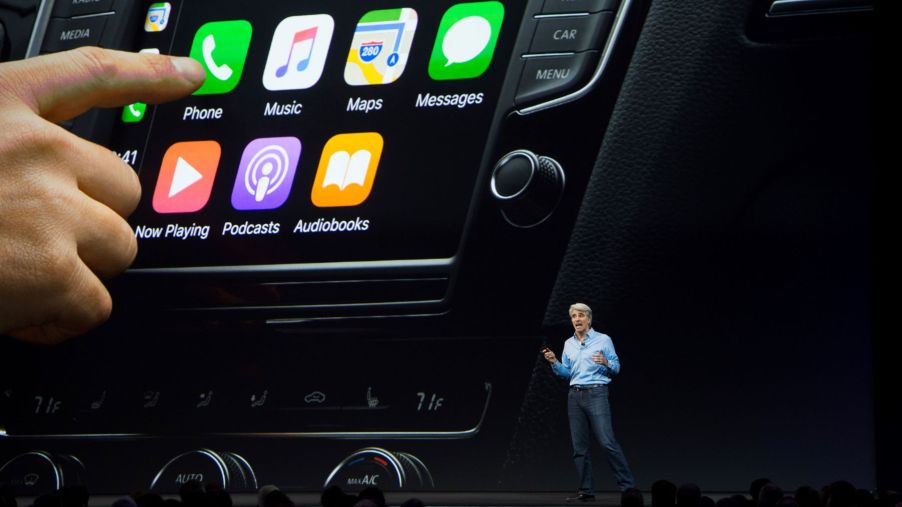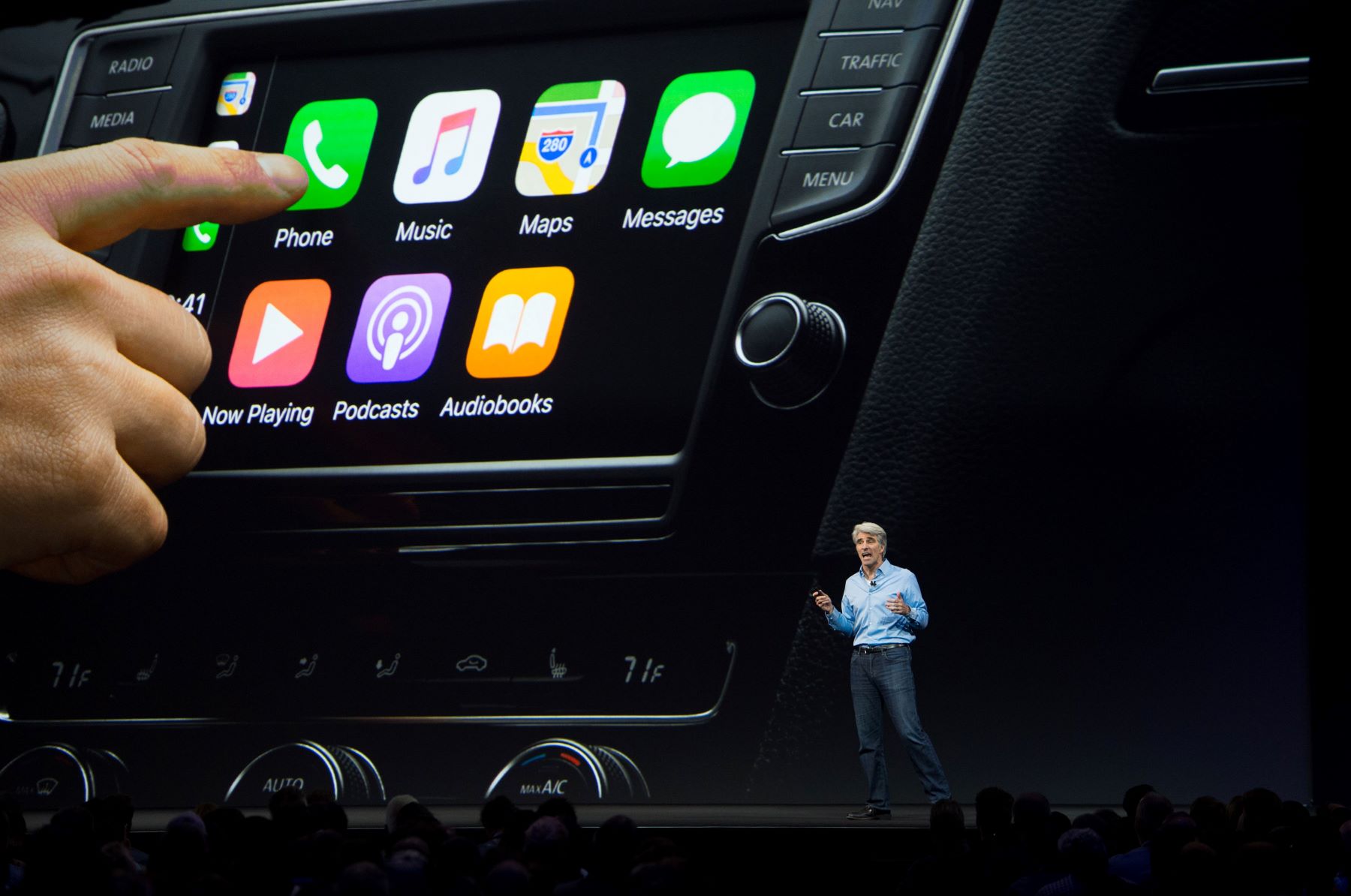
Car Companies Could Start Charging Monthly Fees for Common Add-on Features
Owning a vehicle is great, and owning one with a lot of extra convenience and technology features that add to the driving experience is even better. We are all used to choosing convenient options for our cars like heated seats, cruise control, and remote unlocking, and usually, these features come bundled with the vehicle. We’re also accustomed to paying for those features once, with our initial purchase. However, that all may change shortly, as those extra features may come with an ongoing subscription service fee to use.
Convenience features in cars

There are many features that you can get in cars that add convenience to the experience of owning a car. Optional features that can be added include comfort and convenience features like front and rear heated seats, locking and unlocking the vehicle remotely, automatic high beams, cruise control, and Apple CarPlay.
Traditionally, vehicle manufacturers add these options to the MSRP. So, when buyers purchase the vehicle from a dealership or third party, these features are built-in and come with the asking price. However, in light of new over-the-air software updates and increased internet connectivity in cars, trucks, and SUVs, carmakers are leaning toward forcing customers to pay monthly for these formerly free services.
Will car makers switch to subscription services?
According to Business Insider, car manufacturers stand to make billions off the switch to subscription convenience services. Unsurprisingly, the idea is a lot less popular with consumers. Benefits to automakers are numerous, including a new, steady stream of revenue that continues years after the initial purchase. The practice also binds buyers into a long-term relationship with the brand.
Another benefit is more streamlined manufacturing, with cars featuring the same specs. Desired features could be added individually down the road. The drawbacks are primarily with the buyers, who will likely feel they are now routinely paying for services that used to come with the vehicle. It remains to be seen how much drivers would be willing to fork up monthly.
Over-the-air software updates were introduced by Tesla and are now becoming common. This enables car companies to add new services, disable services, and tweak your vehicle from any amount of distance away. Remote installation of features is becoming a reality because today’s cars, trucks, and SUVs are more connected than ever before, with entirely computerized systems.
Subscription-based services and features are already here
Some car companies have already introduced subscription-based services, with mixed results. Ford and General Motors have jumped on board with subscriptions for hands-free highway driving. Last year, BMW offered paid monthly heated seats, heated steering wheels, and automatic high beams on select. Lexus and Toyota also tried the same, offering remote start as a service.
It will all depend on what the market will bear. According to Business Insider, BMW scrapped its plan in 2019 to charge customers $80 a year for Apple CarPlay due to immense backlash. Some buyers may like the idea of only choosing the exact features they want and having continual over-the-air updates for their services. Others will resent the idea of having an ongoing payment for a formerly free service or accessory.
Soon, car manufacturers hope to rake in large amounts of revenue from these services, despite their already high-profit margin. If implemented, Ford, GM, and Stellantis are looking at an additional $20 billion by 2030 from software services of all kinds. People may accept it due to being used to paying for subscriptions for just about everything these days, from movie streaming services to home-delivered meal subscriptions.


